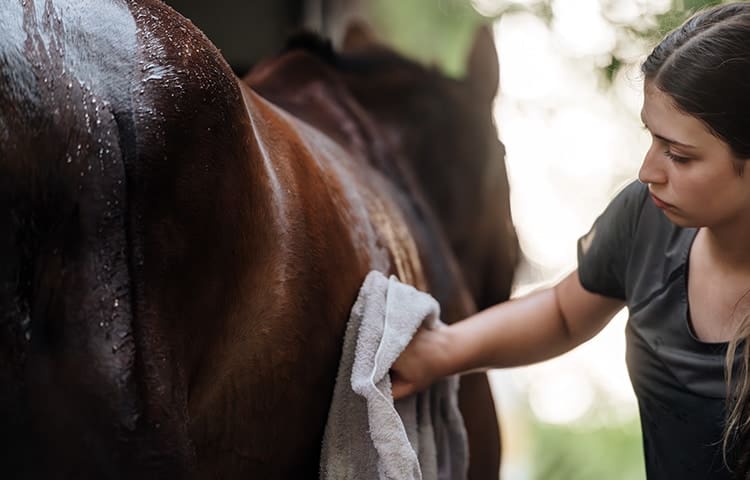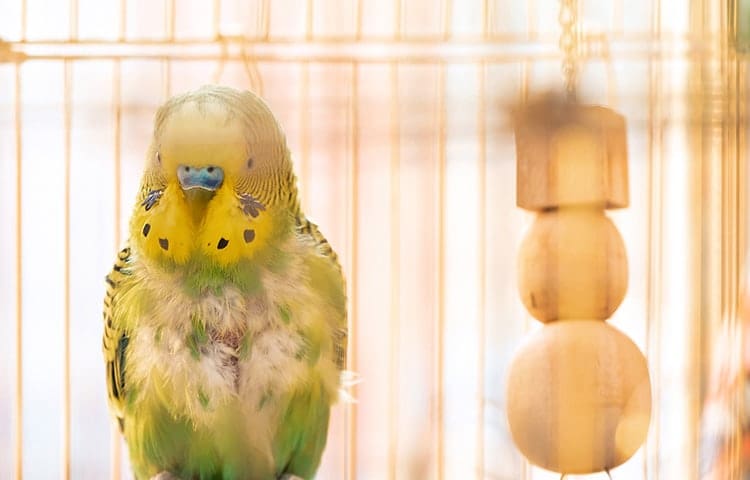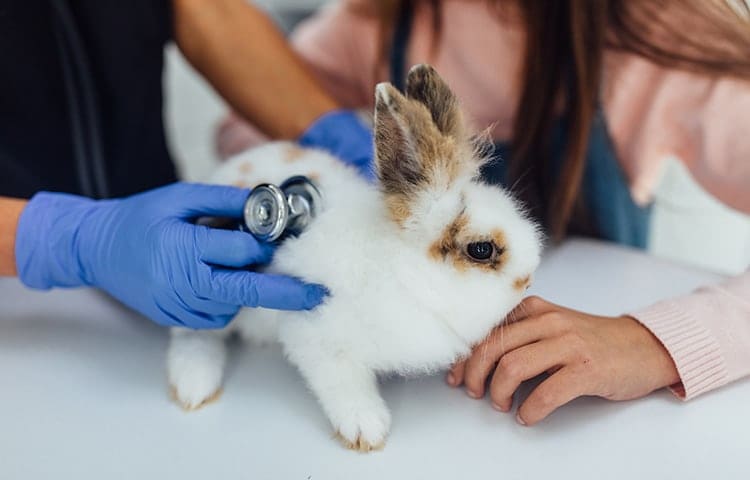Is your pet stressed? Here’s how you can help
Pets bring us so much joy – but like us, they can get stressed or anxious too. Whether it’s your dog, cat, horse, rabbit, bird, or reptile, no animal is immune. The key to helping them is knowing what causes their stress and how to make life calmer and safer for them.
In this guide, we’ll cover common triggers, signs of stress in different kinds of pets, and practical tips to help them live a more relaxed and happy life.
Jump to:
What causes pet stress?
Pets can feel stressed for lots of reasons. Understanding these triggers is the first step to helping them feel more secure:
- Changes in their environment: Moving home, renovating, or even rearranging furniture can unsettle them. Bringing in a new family member – whether a baby, another pet, or someone moving in – can throw off their routine.
- Loud noises: Fireworks, thunderstorms, or construction noise are common stressors, especially for animals with sensitive hearing like dogs, cats, and rabbits.
- Separation anxiety: Some pets struggle being left alone. Dogs are well-known for this, but cats, parrots, and other social animals can also feel anxious when separated from their human or animal companions.
- Health problems: Pain or illness can cause stress. Often, a sudden change in behaviour is your pet’s way of telling you something’s wrong.
- Social situations: Trips to the vet, meeting new people, or encountering unfamiliar animals can all overwhelm your pet.
How to spot signs of stress
Pets can’t tell you when something’s wrong, so you need to tune in to their body language and behaviour. Here’s what to look out for, depending on your type of pet:
Dogs
- Panting heavily even when it’s not hot
- Yawning a lot, licking lips
- Body posture: tail tucked, ears flattened, tense body
- Avoiding eye contact, dilated pupils
- Whining, barking, or destructive behaviour
- “Whale eye” (when you can see the whites of their eyes), trembling, raised hackles

Cats
- Hiding, withdrawing from people
- Changes in litter box habits (e.g., toileting outside the box)
- Excessive grooming, sometimes to the point of bald spots or skin irritation
- Aggression: hissing, scratching, swatting
- Body signs: stiff posture, twitchy tail, dilated pupils
- Changes in vocalisation (unusual meows or growls), or loss of appetite
Horses
- Cribbing (biting objects and sucking air), weaving (rocking) or pacing
- High head carriage, wide eyes, easily spooked
- Excessive sweating, muscle tremors
- Tense mouth or reluctance to be handled
- Loss of interest in food or water

Rabbits and guinea pigs
- Freezing or hiding when anxious
- Rapid breathing, hunched posture
- Refusing food or water
- Rabbits might grind their teeth (a pain signal), over-groom, pull fur or chew cage bars
- Guinea pigs may chatter their teeth, withdraw, or have diarrhoea
- Sudden change from their usual energetic behaviour

Parrots and birds
- Feather plucking or over-grooming
- Chewing on feathers or cage bars
- Appetite changes, repetitive behaviours (head bobbing, pacing)
- Screaming or becoming unusually quiet
- Feathers look dull or ruffled when they’re not sleeping
- Change in droppings (could signal distress or illness)

Reptiles and lizards
- Colour changes (darkening or dulling)
- Excessive hiding
- Refusing to eat
- Defensive/aggressive behaviours: hissing, biting, tail-whipping
- Abnormal shedding, lethargy, or repetitive movements (e.g., pacing)
- Rapid or shallow breathing, or altered basking behaviour
How stress affects your pet’s health
Stress isn’t just a mental state – it can have real health consequences for pets. Short-term stress may be normal, but chronic stress is dangerous:
- Immune system suppression: Long-term stress weakens their immune response, making illness more likely.
- Behavioural issues: Anxiety can lead to aggression, destructive habits, or other unwanted behaviours.
- Physical health problems: Digestive issues, skin conditions, or other stress-related illnesses can develop.
Reducing stress isn’t just about keeping your pet happy – it’s about protecting their long-term health.
Ways to reduce your pet’s stress
Here are some practical strategies to help your pet feel calm and safe:
- Create a safe space
Every pet needs a spot they can call their own. For dogs and cats, this might be a cosy bed; for rabbits or guinea pigs, a partially covered cage; for birds or reptiles, an enclosure with hiding spots.
- Stick to a routine
Predictability helps reduce anxiety. Try to keep feeding times, play sessions, and handling consistent – whatever species your pet is.
- Provide mental and physical stimulation
- Dogs and rabbits benefit from chew toys.
- Cats love interactive toys.
- Birds need shreddable items or toys they can climb on.
- For reptiles, rearranging the tank or adding climbing branches can help.
- Offer reassurance
- Dogs and cats usually respond well to gentle petting and verbal praise.
- Rabbits and guinea pigs often prefer calm, quiet interaction.
- Birds may like gentle talking or handling (if they enjoy it).
- Reptiles might prefer minimal handling and a quiet presence.
- Try calming tools
- Use plug-in calming diffusers (for dogs and cats) or specialist sprays for birds.
- For reptiles, make sure their environment is optimised: correct UV lighting, temperature, and humidity can make a huge difference.
- Always check with your vet before introducing new products or making major routine changes.

When to get professional help
Sometimes, even with all the right strategies, your pet’s anxiety may not improve – or could even escalate. That’s when it’s time to call in the experts:
- Visit your vet: Make sure there’s no underlying health issue causing the stress.
- See a certified behaviourist: Look for someone with recognised credentials, such as a veterinary behaviourist or animal behaviour counsellor.
- Use modern, evidence-based methods: Some older training techniques can make anxiety worse – it’s worth choosing someone who uses positive reinforcement and up-to-date methods.
A calmer pet means a happier life
Helping your pet feel less stressed is a vital part of being a responsible and loving owner. By understanding what upsets them, recognising their signals, and creating a supportive environment, you’ll not only improve their quality of life but you’ll strengthen your bond, too.
A calm pet isn’t just happier, they’re healthier for the long haul.




